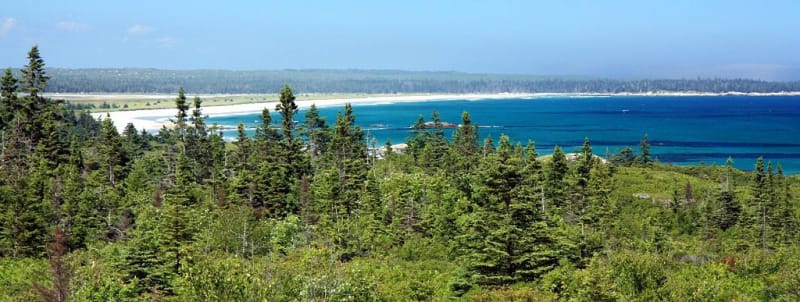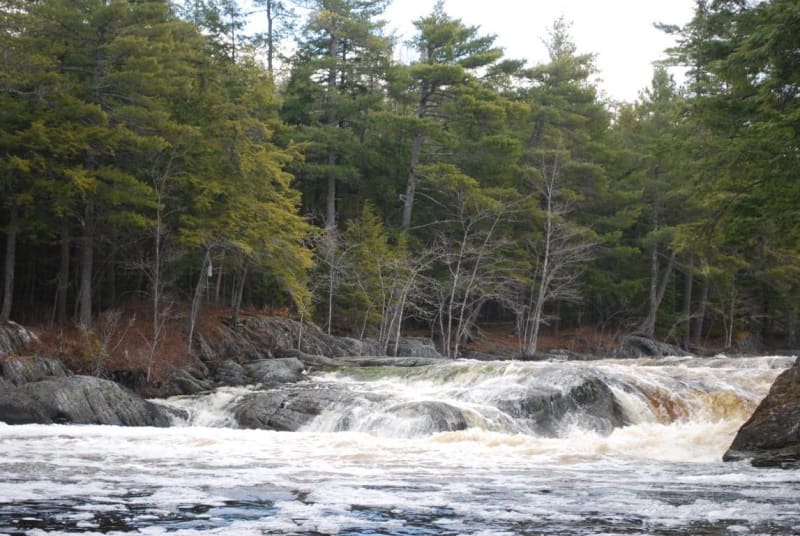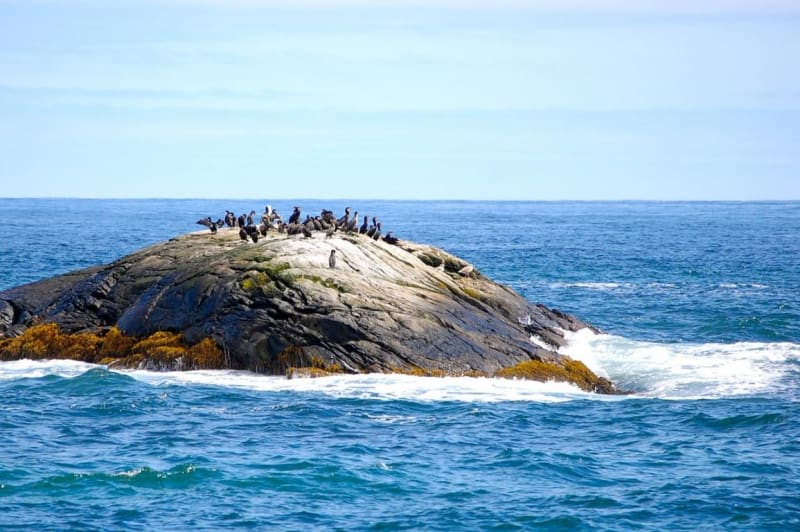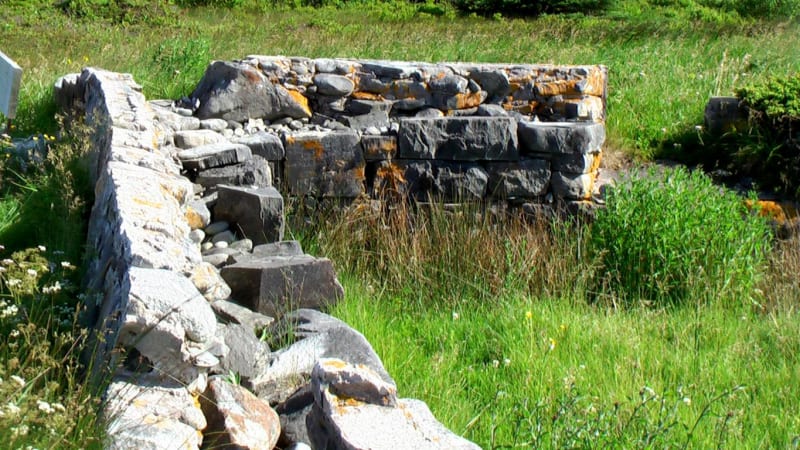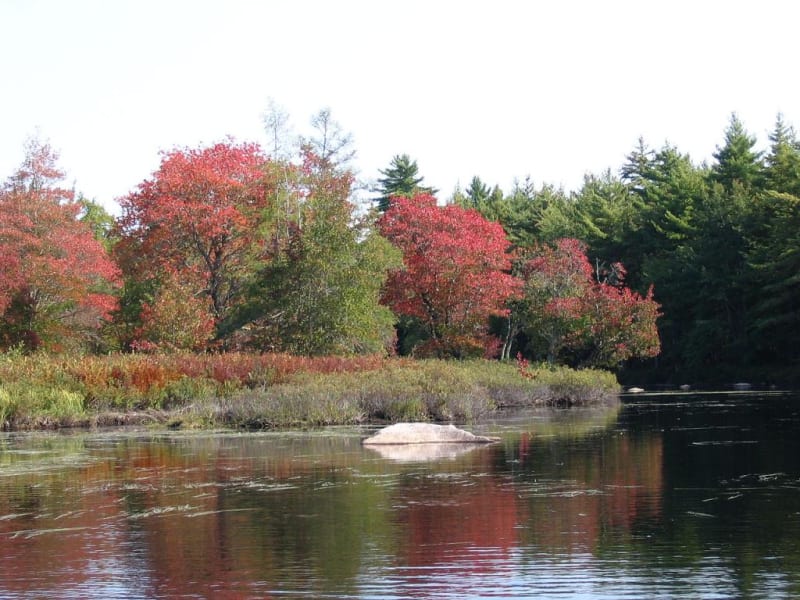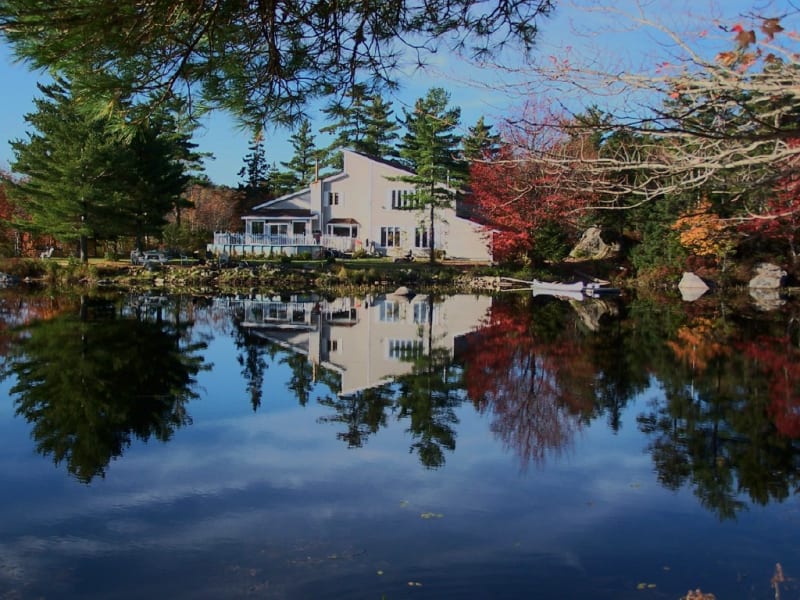Kejimkujik National Park
Kejimkujik is a national park of Canada, founded in 1968 on an area of 404 km2. The park has access to the Atlantic Ocean, and there are many rivers and lakes. Compared to the rest of the world's natural parks, there is a diverse fauna here.
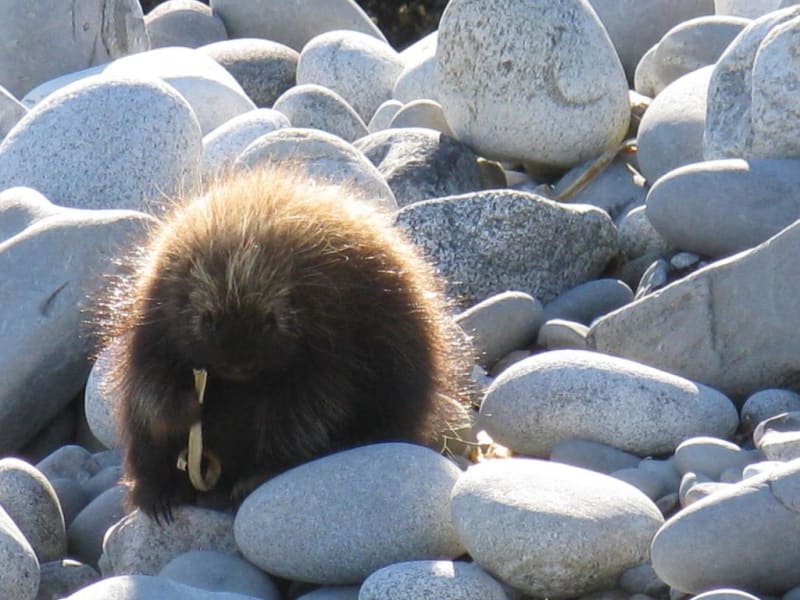
Due to quartzites, the local soil is fertile. Loamy soil prevails near Lake Kejimkujik, and there is a completely different soil near peat bogs, where drainage systems are quite common. Acid rain has a huge impact, because of which there is a high acidity in the soils.
The main lake of the park, after which the nature protection zone acquired its name, is Lake Kejimkujik. This is the largest body of water in the entire park. There are many interpretations of the name of this lake, but the most common is the translation of this word from the Mi'kmaq language - "tired muscles". The representative of the provided tribe left not only their place names, but also petroglyphs to the current park.
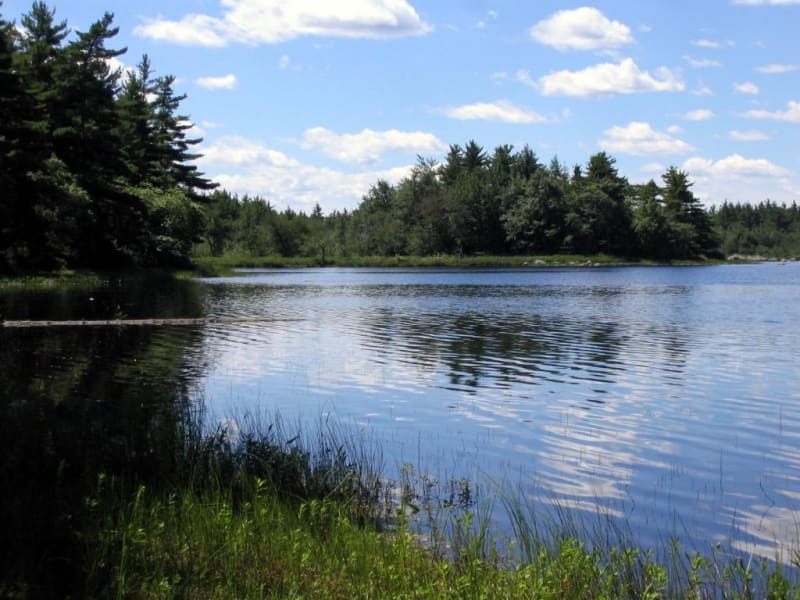
Of the larger and more important rivers in Kejimkujik Park, the following waterways can be noted: the Mersey, the Western and Small Rivers, and the Shelburne River. Many rivers and bodies of water standing in their way are considered to be the connecting link between the Bay of Fundy and the Atlantic Ocean. In fact, there are multiple water routes along all the inland bodies of water in Kejimkujik Park, including by canoe or kayak. It is allowed to go fishing, take a short hike or go on a long-day hike on the park grounds.
Kejimkujik Park is often home to deer, baribal, moose, seal, coyote, porcupine, beaver and martens. But the most protected animal is the marsh turtle, which is recognized as an endangered species here. This turtle is characterized by a yellowish neck, and the shell diameter ranges from 25-35 cm in adults. Another particularly important species for the park is the American bison, a large population of which used to live in the floodplain of the Mersey River. Now the bison is on the verge of extinction in Kejimkujik Park, it can only be found between the lake, the Medway River and the western border of Mount Toma. Another huge role for the nature of the park is played by the local inhabitant, the eastern garter snake. Eastern garter snakes are also in danger of extinction. There are also more than 250 species of birds in the park.
